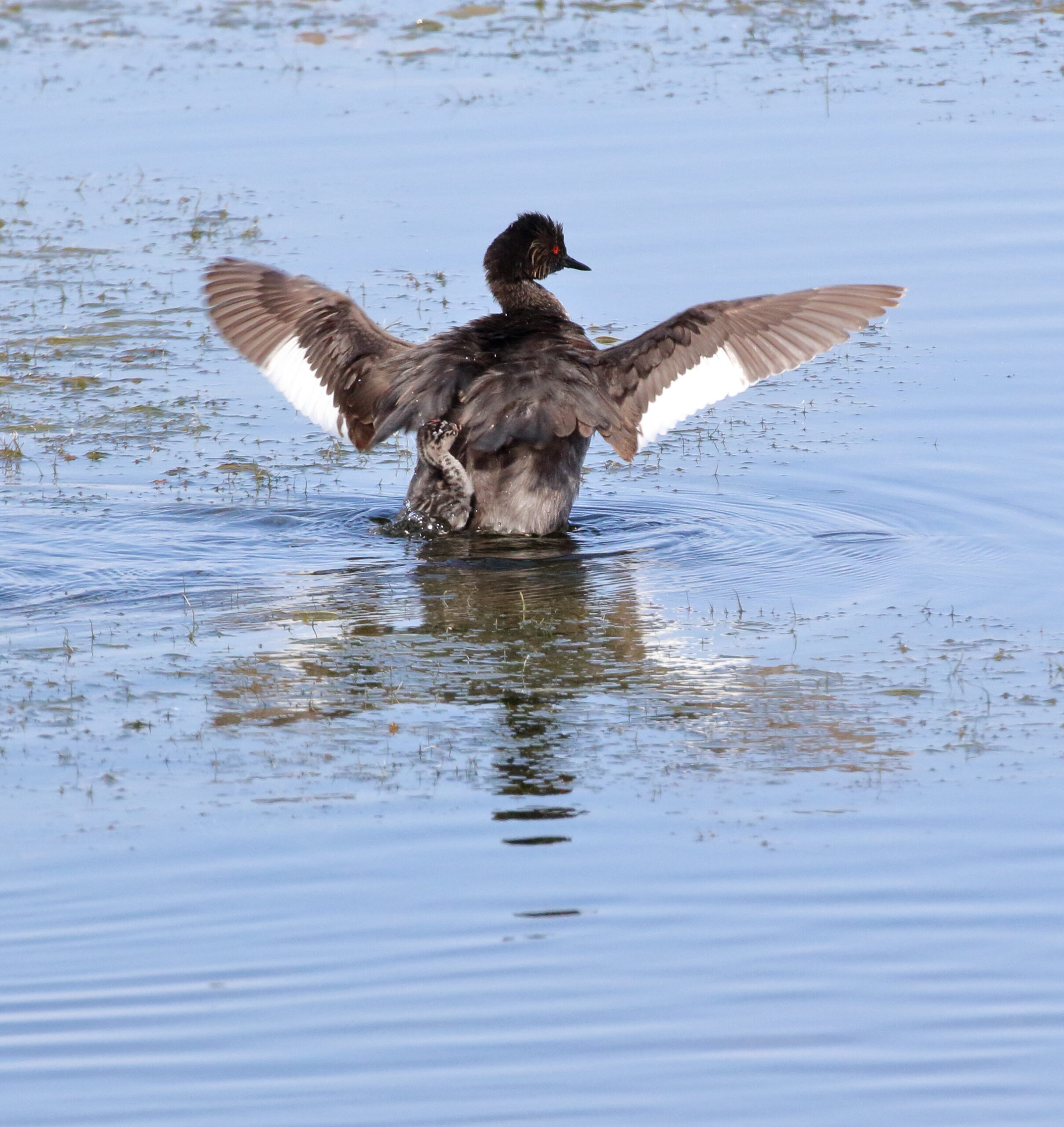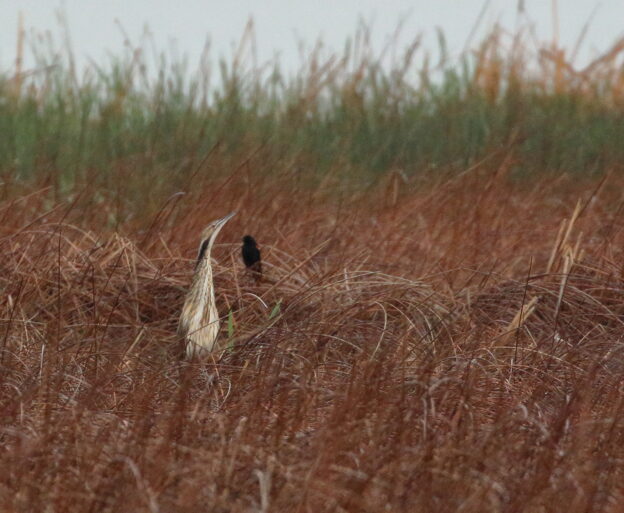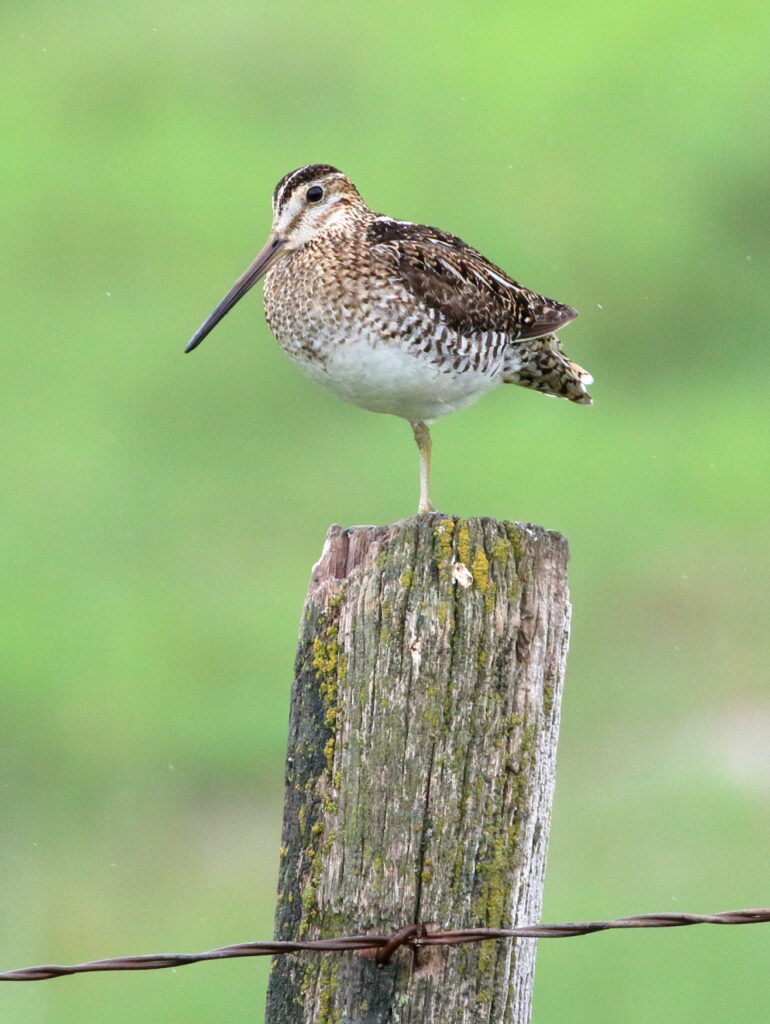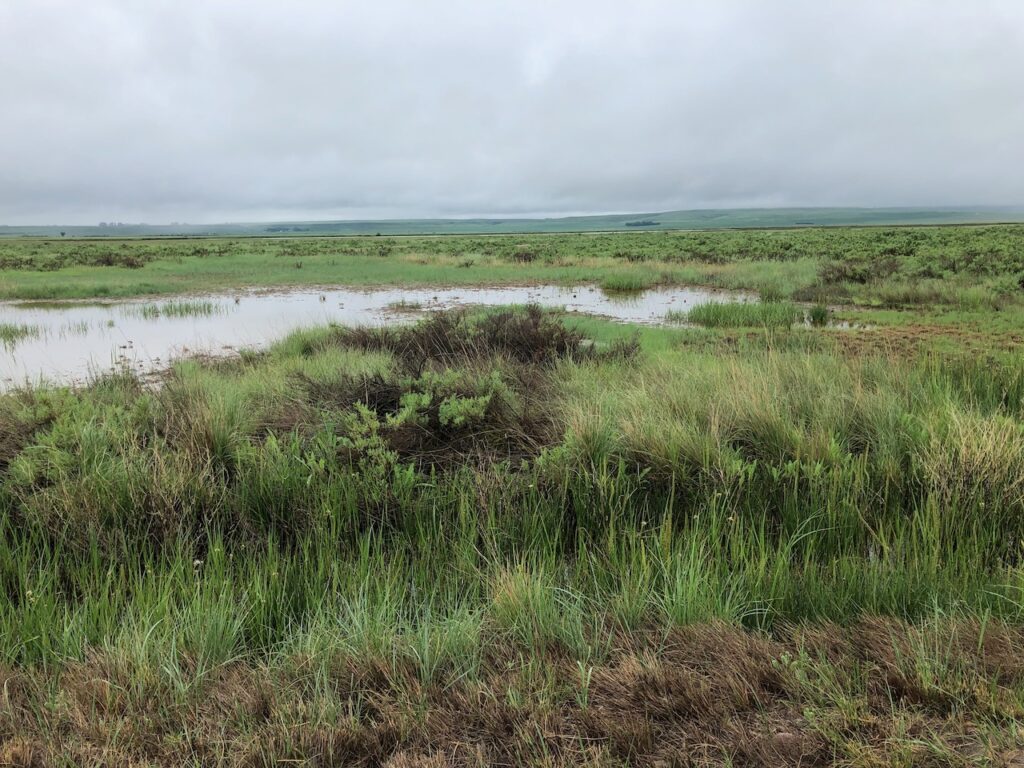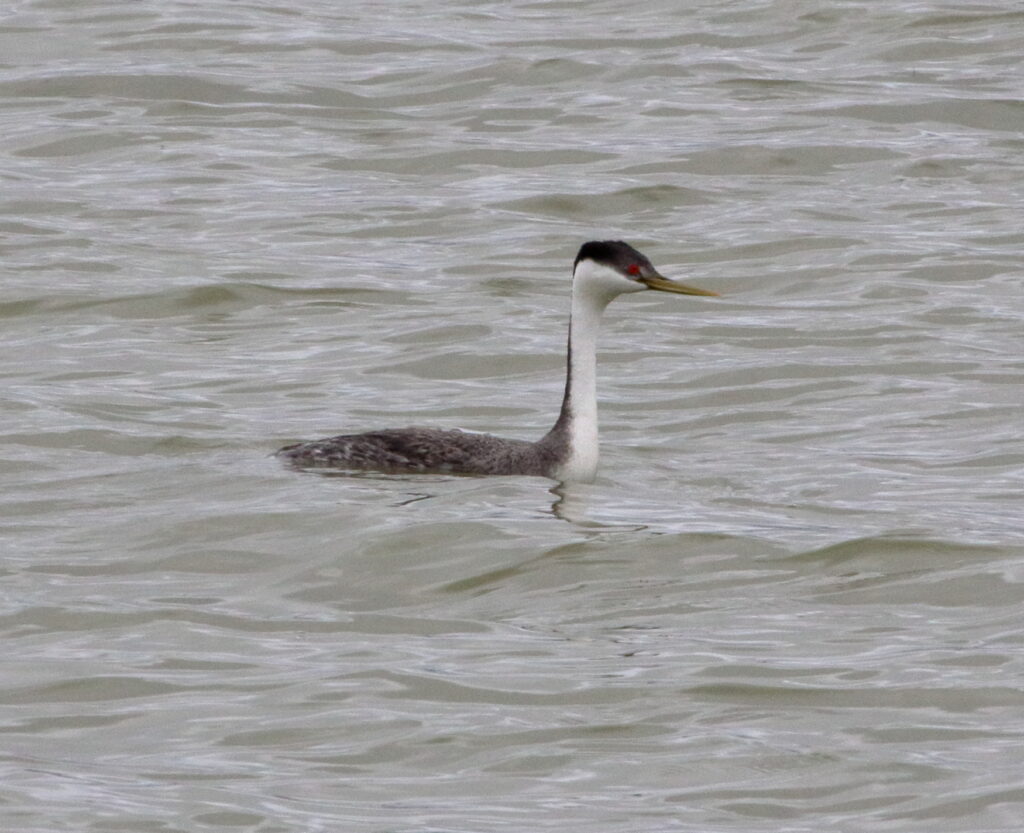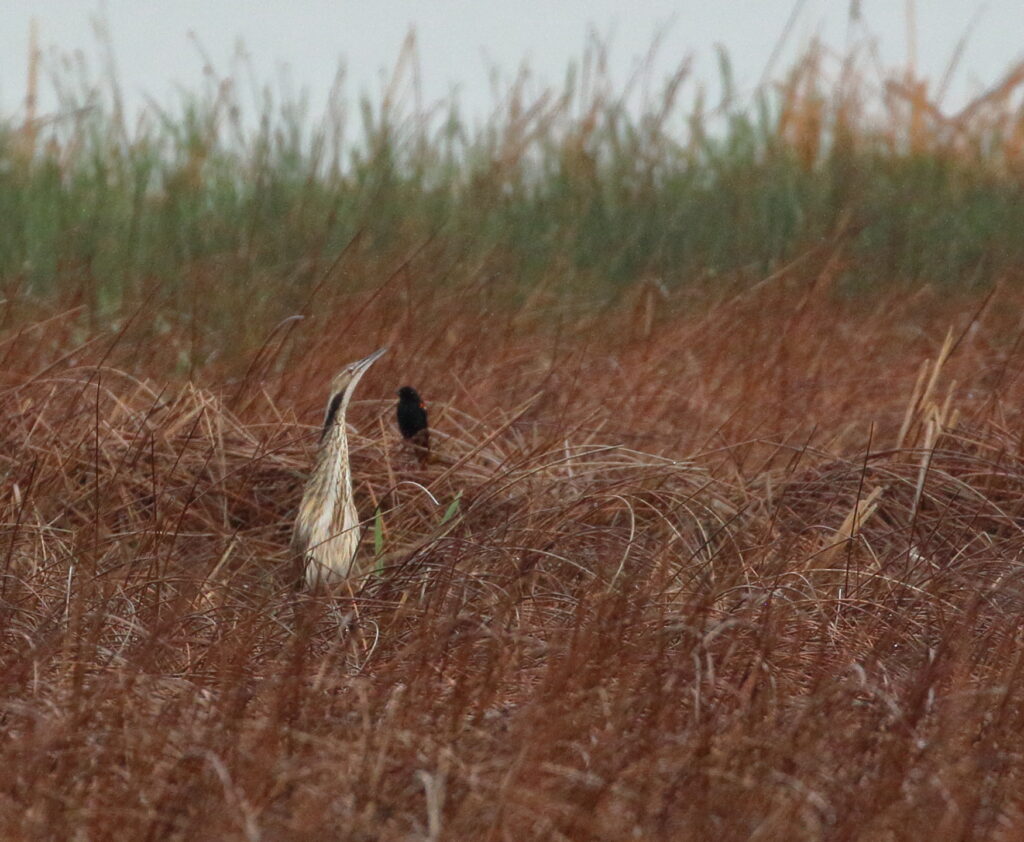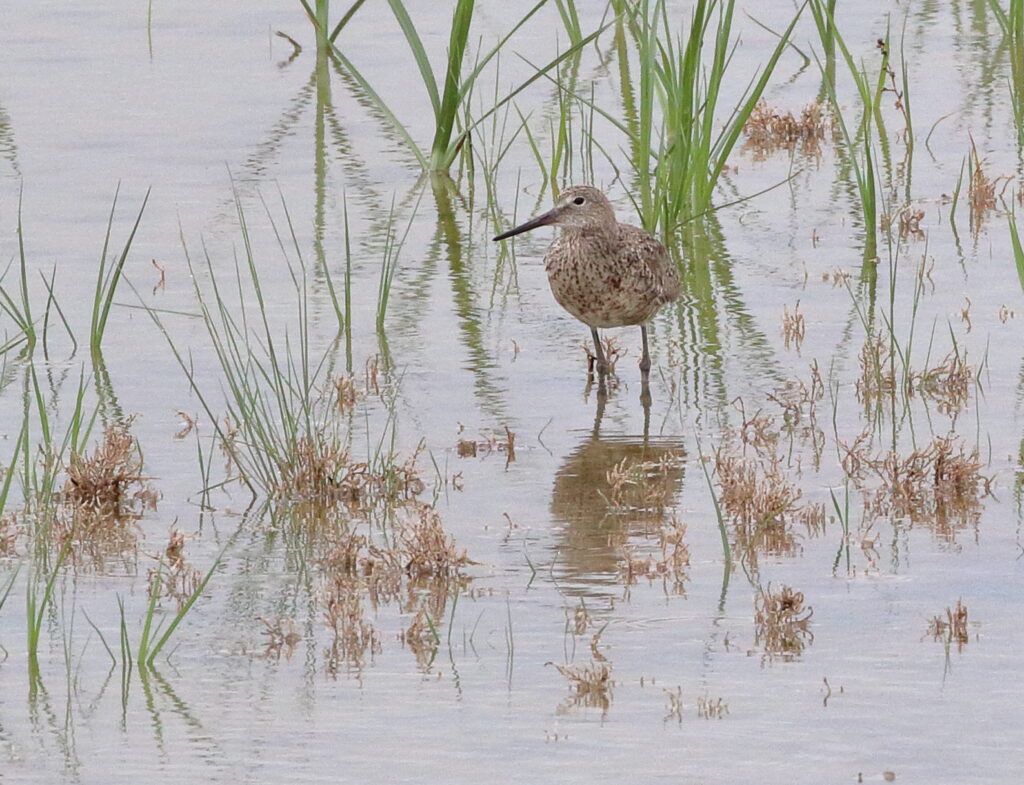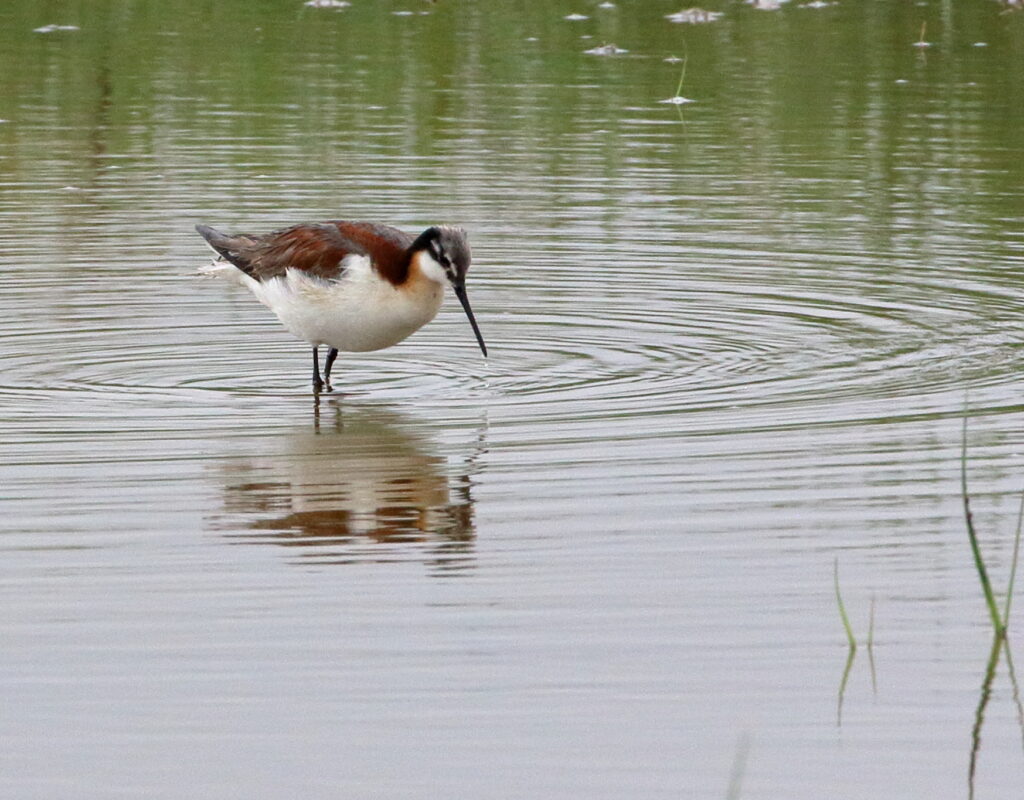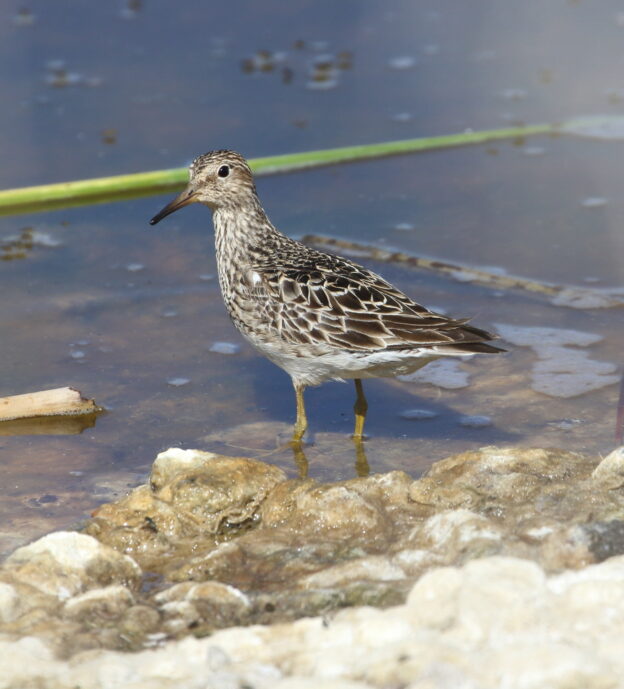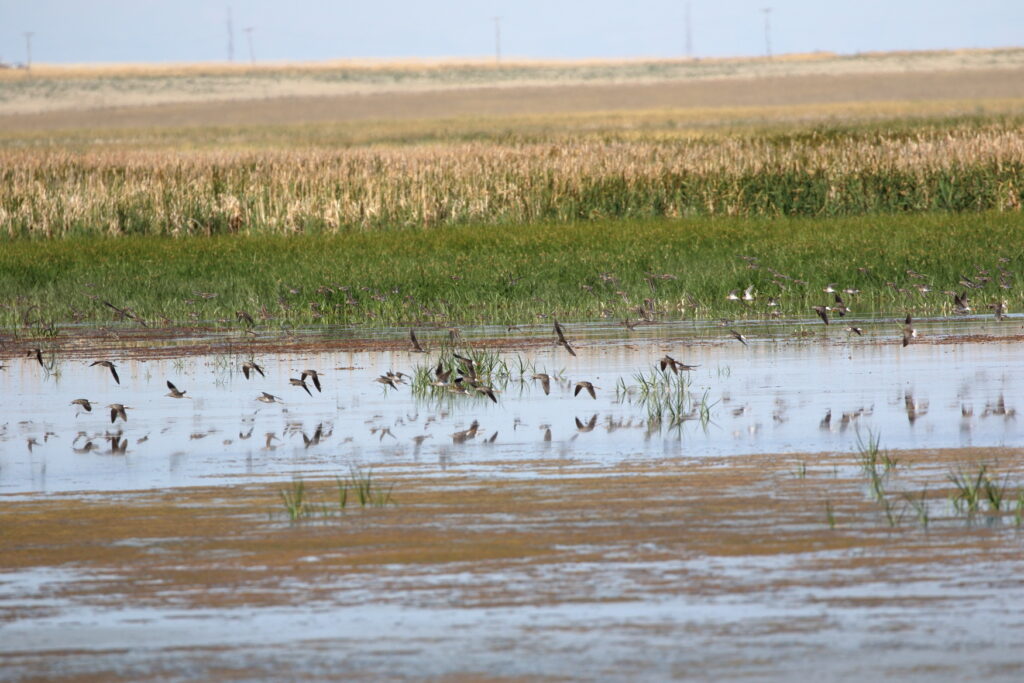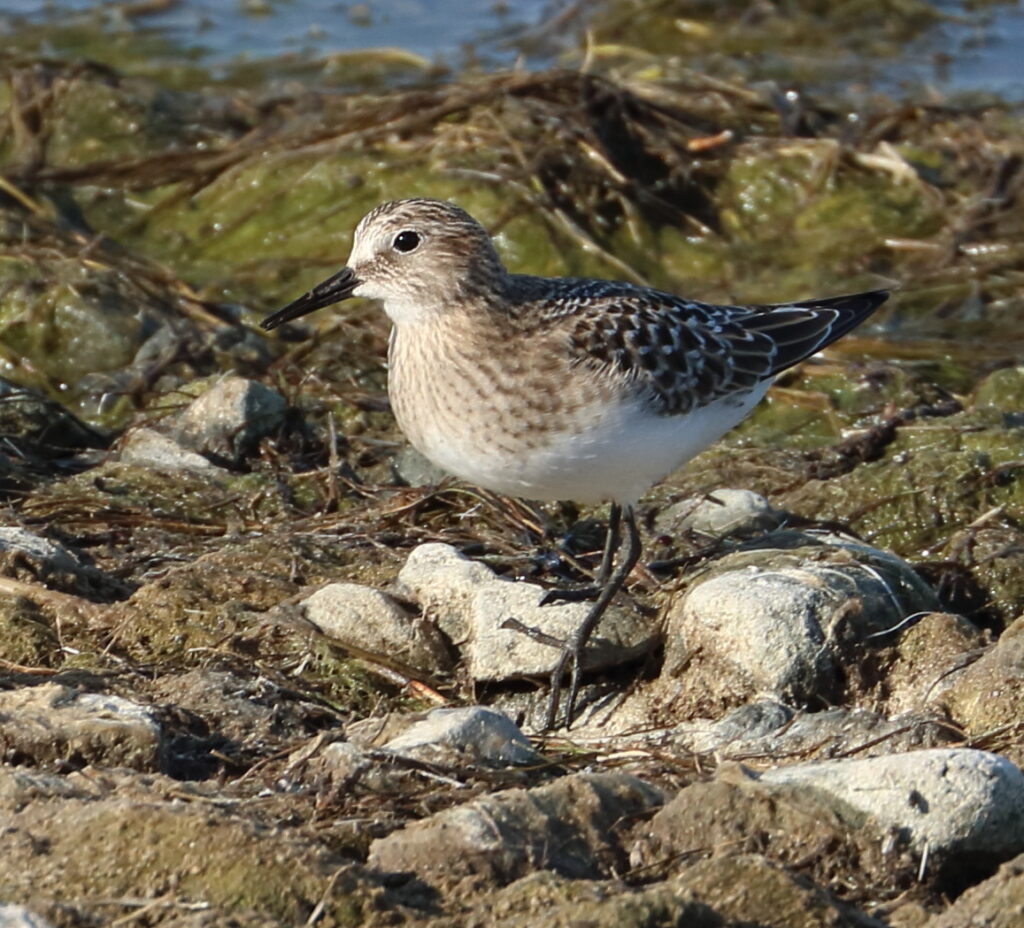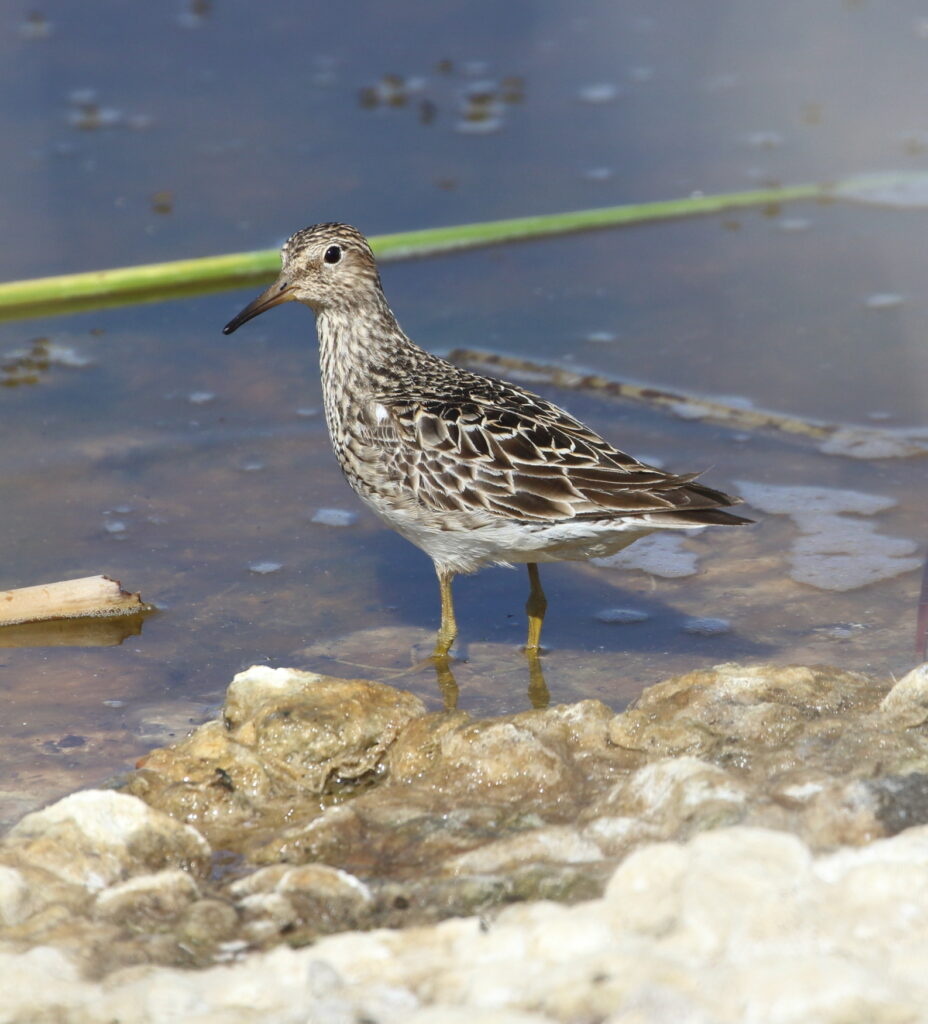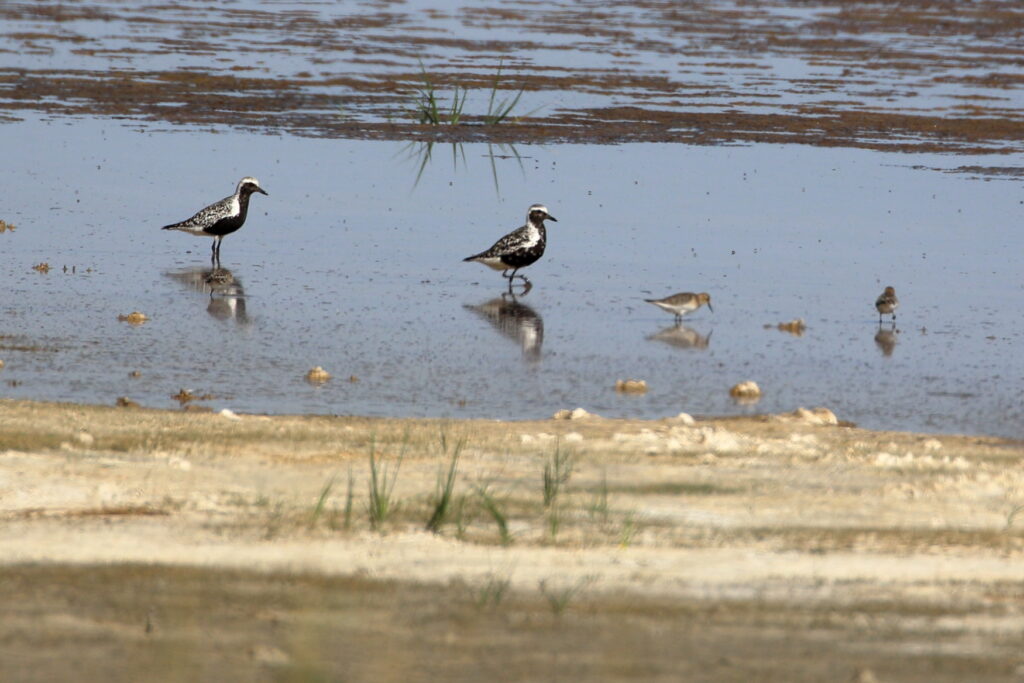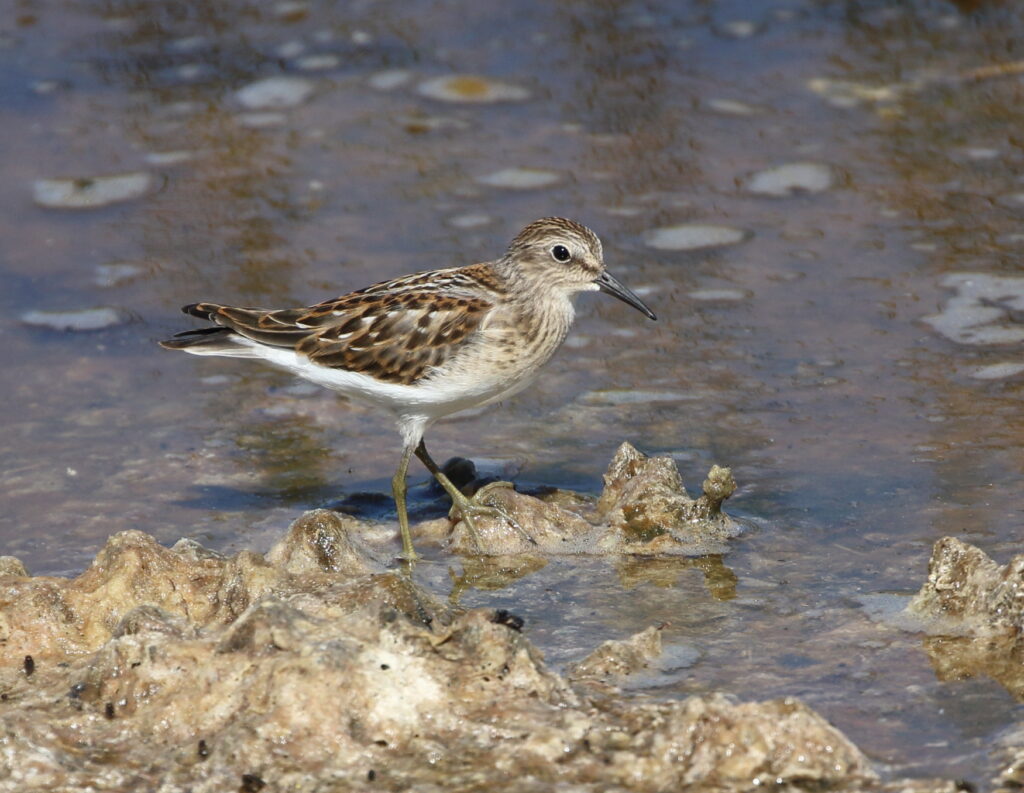Here, as we’re about to roll into September, I finally have time to fill in a bit of the rest of our summer birding shenanigans. Those of you who have followed our blog may have gleaned that we don’t generally put much effort into our late July birding. The reasons aren’t too hard to uncover. By late July, most birds have stopped singing, rendering them much more difficult to find and identify. Meanwhile, shorebird migration season hasn’t really hit full stride. In short, there’s very little low-hanging birding fruit to draw us into the field.

What did draw us out in late July, however, was the presence of our friend Nick Ramsey passing through Missoula for a few days. With Braden home, and Nick also in Missoula, we really had no choice but to embark on a birding adventure. We decided on a two-night/three-day trip, and headed out on Friday, July 28 curious about what we would find. Having already birded a lot this summer, I let “the boys” decide what they’d like to see, and both had been sorely missing prairie birds, so we pointed the trusty minivan toward Great Falls.
Our adventure started out promisingly when we saw Black Terns near Brown’s Lake and heard a Northern Waterthrush—along with a host of other species—next to the road past Lincoln. After hitting Benton Lake NWR at the height of breeding season in June (see post “Festival Report: Wings Across the Big Sky 2023”), I wondered what might await us there, and to my delight, almost everything I’d seen in June now presented itself almost two months later. These included Long-billed Curlews, Upland Sandpipers, Sharp-tailed Grouse, and gobs and gobs of adorable baby Eared Grebes.
https://ebird.org/checklist/S145834937
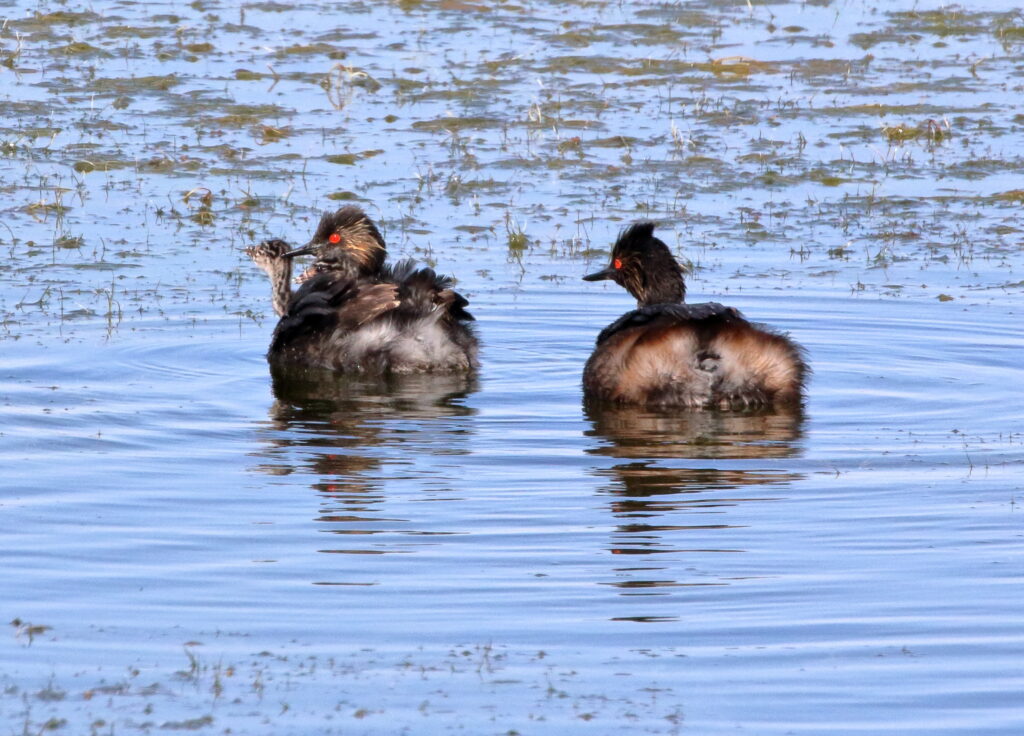
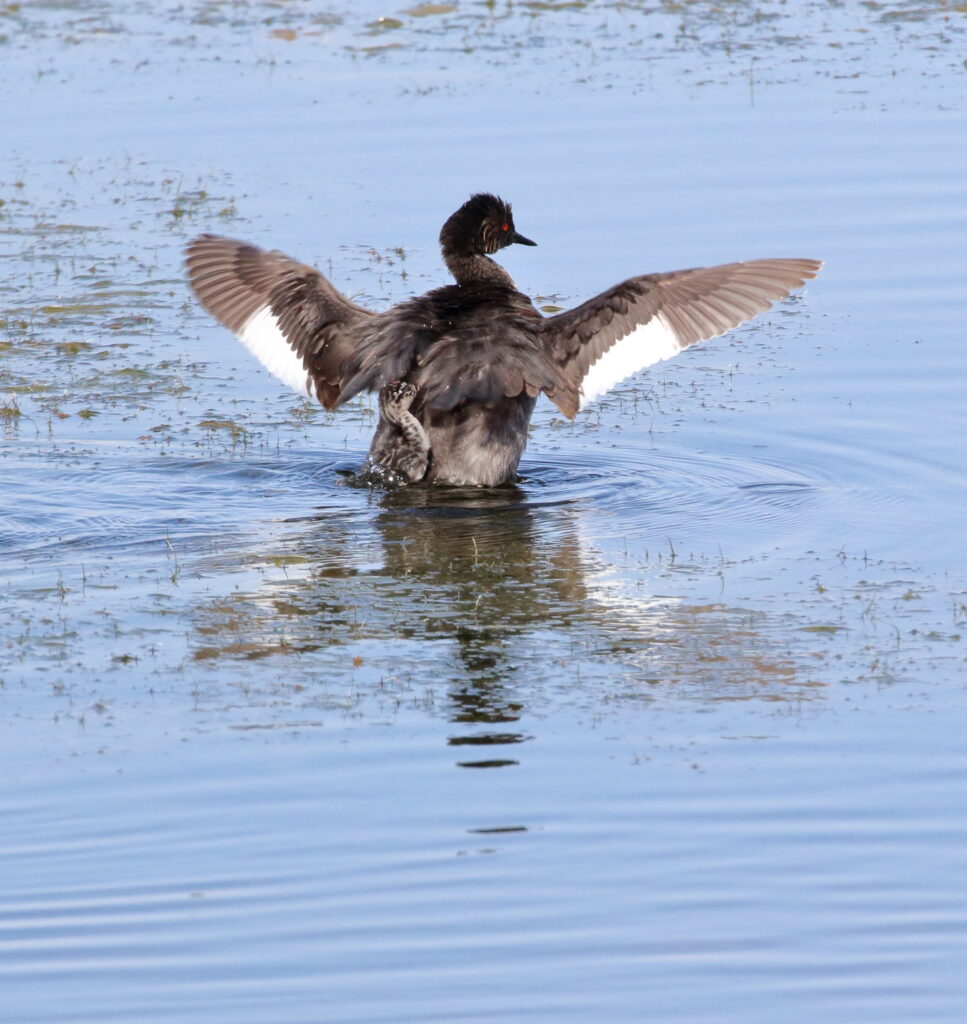
Time was a-wastin’, so after a couple of wonderful hours, we sped to our next destination, Freezeout Lake. You may recall that I saw my first Montana American Bittern there only two months ago, but today started out a little slow. As we continued driving, though, the species kept piling up. It hit its climax when we stopped at “Pond 4”, on the opposite side of the highway from the main, large ponds. Here, we stumbled into a wonderful assortment of shorebirds. “But you said shorbs hadn’t started migration yet,” I can hear you all saying. Well, guess what? I was wrong. Deal with that!
The shorbs in front of us included Baird’s and Least Sandpipers, Wilson’s and Red-necked Phalaropes, Spotted and Solitary Sandpipers, yellowlegs, and a nice bunch of dowitchers. Speaking of, Braden and Nick “liked” one or two of these for Short-billed Dowitchers, an elusive species in Montana, but notoriously hard to identify. It wasn’t until another bird flew in, scaring the flock away that the boys confirmed a “shorty” by call in the flock!
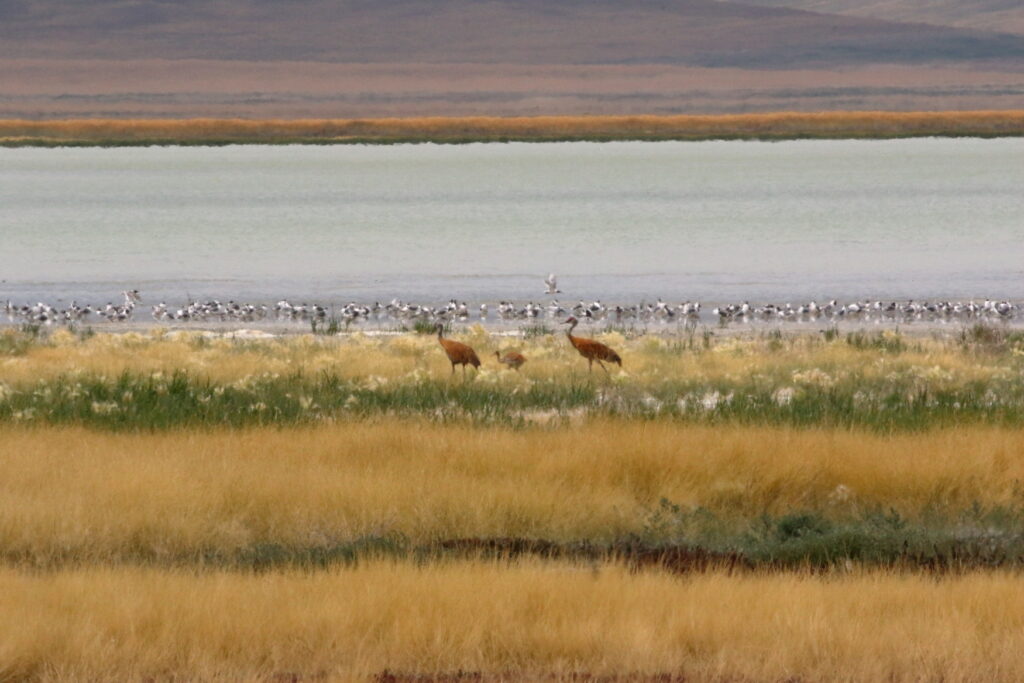
But wait, that’s not all. As we were admiring all of the other birds, an American Bittern flew in and settled next to the cattails only fifty yards from us! Here, Braden and I had gone almost a decade without seeing one, and this marked my second visual sighting in one summer!
But wait, that’s not all. After the AMBI flew away again, a Prairie Falcon screamed over the pond, flushing every bird out there. We got amazing looks, and with his new camera, Nick captured incredible photos! To see some of them, look at our checklist:
https://ebird.org/checklist/S145853272
Our day hadn’t finished, either. After leaving Freezeout, we trundled up Bellview Road to find Thick-billed Longspurs, Alder Flycatchers, Veerys, and more. Finally, exhausted, we made our way to East Glacier, where I’d booked a hotel for two nights. Since leaving Missoula, we’d recorded more than 110 species—and our trip was only a third over! Alas, fall is settling in as I write this so I probably won’t get around to blogging about the rest of our adventure, but if you want an idea what we did the next two days, please revisit my post “In Search of the Wily White-tailed Ptarmigan, 2022!”


